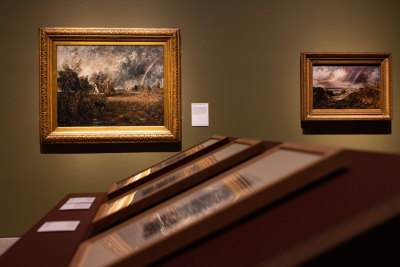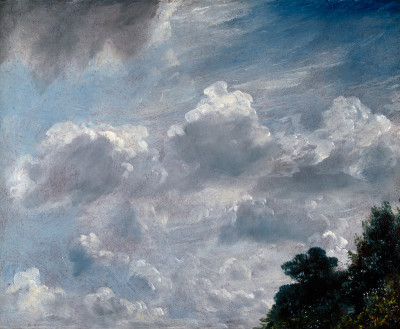How to read it: Ian Ritchie’s evolving work
How to read it: Ian Ritchie’s evolving work
By RA Collections team
Published 23 June 2017
Architect Ian Ritchie is known for audacious works such as the 120-metre Spire of Dublin and the world’s largest glass hall in Leipzig, but the poems and etchings that inspire these buildings are not so well known. Here we take a closer look at his unusual early design process.
-
What’s the work?
It’s a collection of prints and poems, begun in 1978, when the London-based architect Ian Ritchie designed his first building, Fluy House in France. Unlike many architects who develop their first ideas visually by making sketches, Ritchie develops his ideas through language by writing poetry and prose. He then translates his ideas into a visual medium – often lines drawn directly onto a copper plate with a brush dipped in a sugar and gouache solution to make an etching. Once the building is completed, it’s documented in photographs which are added to the project. Because the poetry and prints are the beginning of the design process, many unrealised architectural concepts are also preserved.
Why isn’t it finished?
Ritchie continuously adds to the collection, which he sees as a single, evolving work consisting of many parts – “an open portfolio”. It now represents over 60 of his designs, from those first buildings to his recent projects including the Royal Academy of Music’s opera house and recital hall, due to be completed this year. In 1998 he gave the early collection to the RA as his diploma work – an artwork presented to the Academy when an artist or architect becomes a member. Usually, just a single painting or sculpture is given, but Ritchie has been adding to his diploma work for nearly three decades.
Here’s one of Ritchie’s poems, next to photographs of the completed building in 1996:
-
-

Where the Sun is Big (Terrasson and Landscape)
A fragment of a greenhouse
within a landscape of fragments
from imaginary continents.Where the sun is big and the wind is yellow.
Where the mass of the earth
meets the lightness of the air.Where walls are walls
not covered up,
The same inside as outside
and we can act within and without.Where our accumulated culture
cannot cover the walls
and cracks in the walls are real
and do not worry us.Where the roof is a lake
But opaque to water and wind,
A virtual surface for the heavens,
Where water is both real and imaginary.Where the sun is big
and imagination is free.Where rough does not touch smooth,
Where the earth does not touch the sky.
Only wavelengths change
And we get hot.Where the sun is big
© Ian Ritchie 1993
-
-
What building is this poem talking about?
The poem, Where the Sun is Big (Terrasson and Landscape), was part of the design process for Ritchie’s “cultural greenhouse” in Les Jardins de l’Imaginaire in France, designed in 1992 and completed in 1996. The building accommodates a theatre performance space, exhibitions, conferences and municipal events: a place to grow and nurture culture, which (along with the park) has been designated a 20th-century national monument. Its glass structure is described in the poem: “where the roof is a lake / but opaque to water and wind”. Nestled in the hillside among six hectares of French gardens, the building is described by Ritchie as “a fragment of a greenhouse”.
-

Terrasson Cultural Greenhouse
© Ian Ritchie Architects
-
What else is there to see?
The poem has also been interpreted onto a copperplate etching, succinctly showing the line of contact between greenhouse and hillside. Informed by the steep incline of the site, Ritchie imagined the greenhouse to appear as though leaning against the hill. The sleek curve depicts the greenhouse’s flat, glass roof – intended to reflect the trees and the skies, subtly blending the structure into its surroundings, just as this minimal, almost calligraphic etching seems hardly there on the paper.






